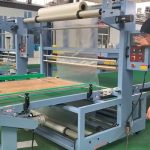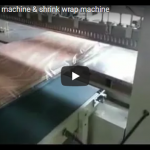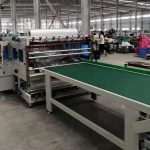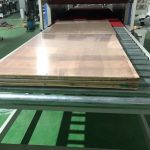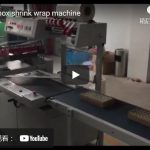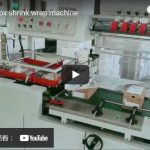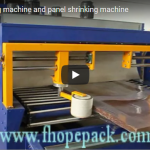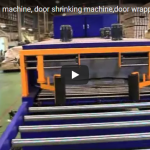Door shrink wrap machine with three sides sealed package
FHOPE is one of leading manufacturer in providing the door shrink wrap machine for different doors, panel, wooden board…with different version packing solution. That is flexiable for adjusting the machine per different size, weight, and handling mathod… The door packing solution can be semiauto to automation…
Contact with us for the door packaging and handling solution with good price.
The list of the door packing version from wrapping machine to shrink wrap machine…
Please contact with: info@fhopepack.com
